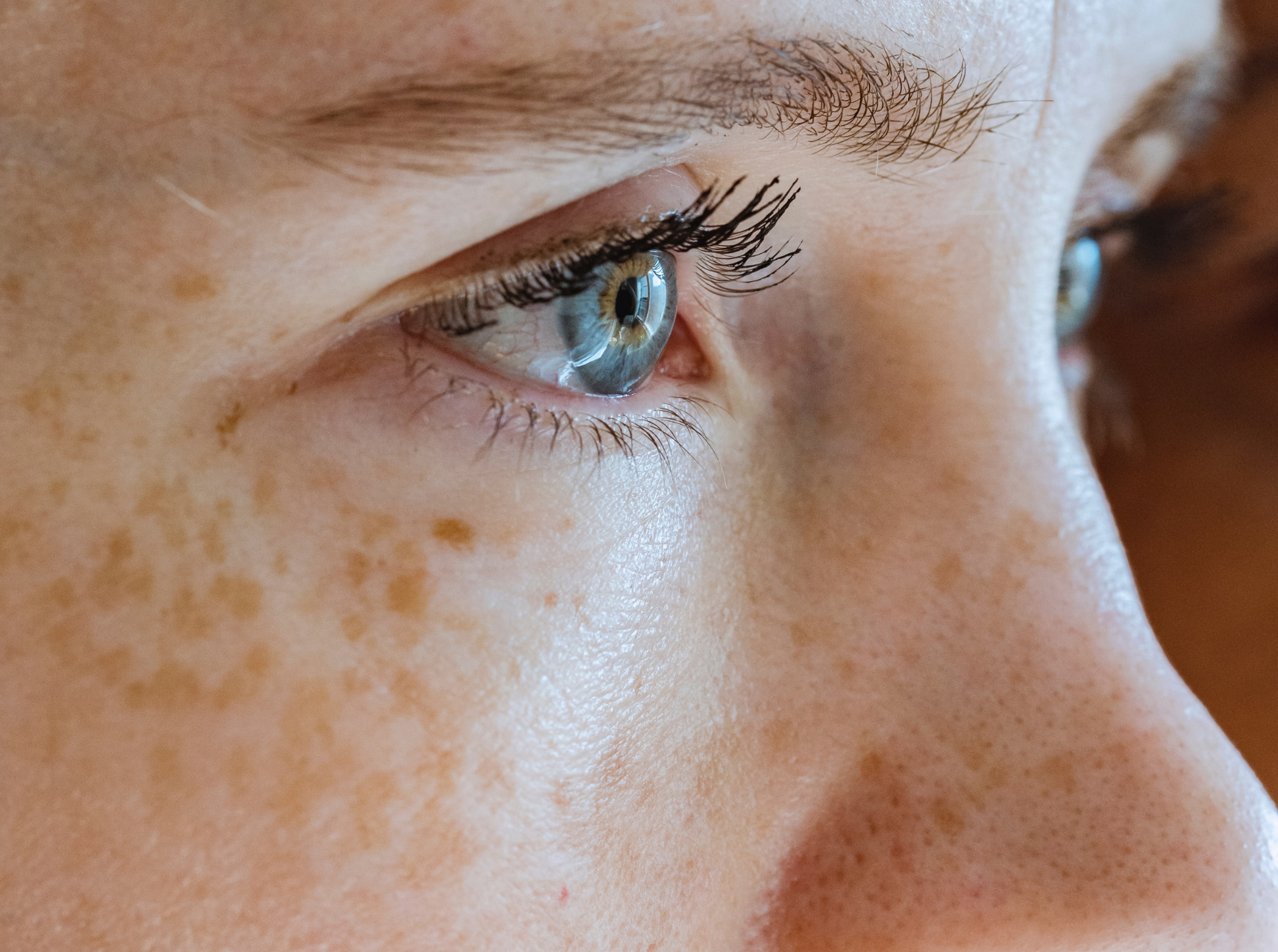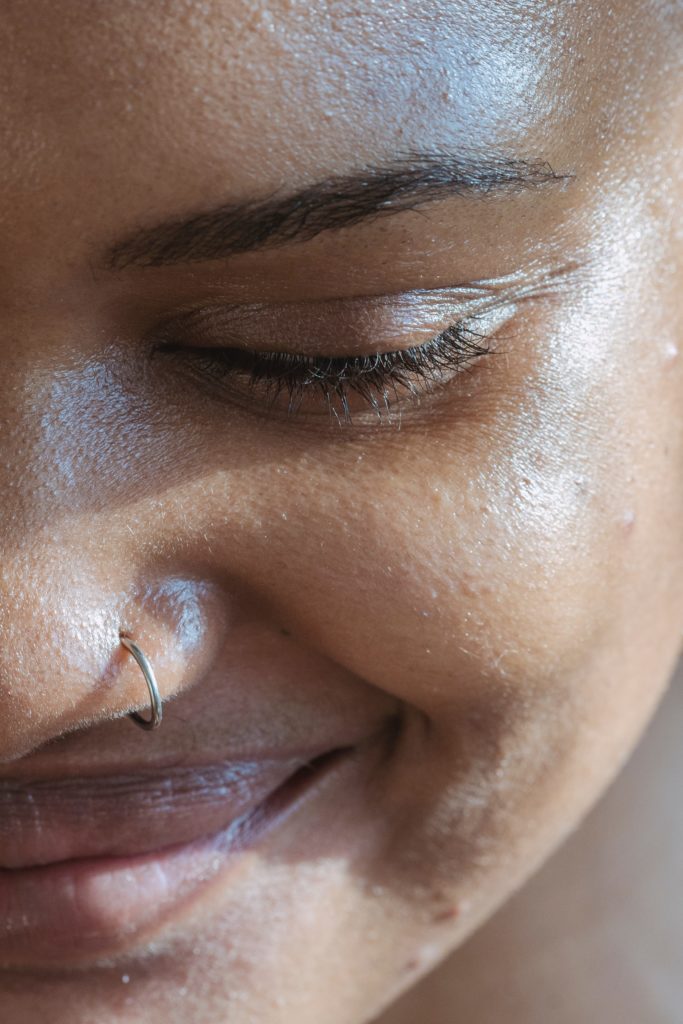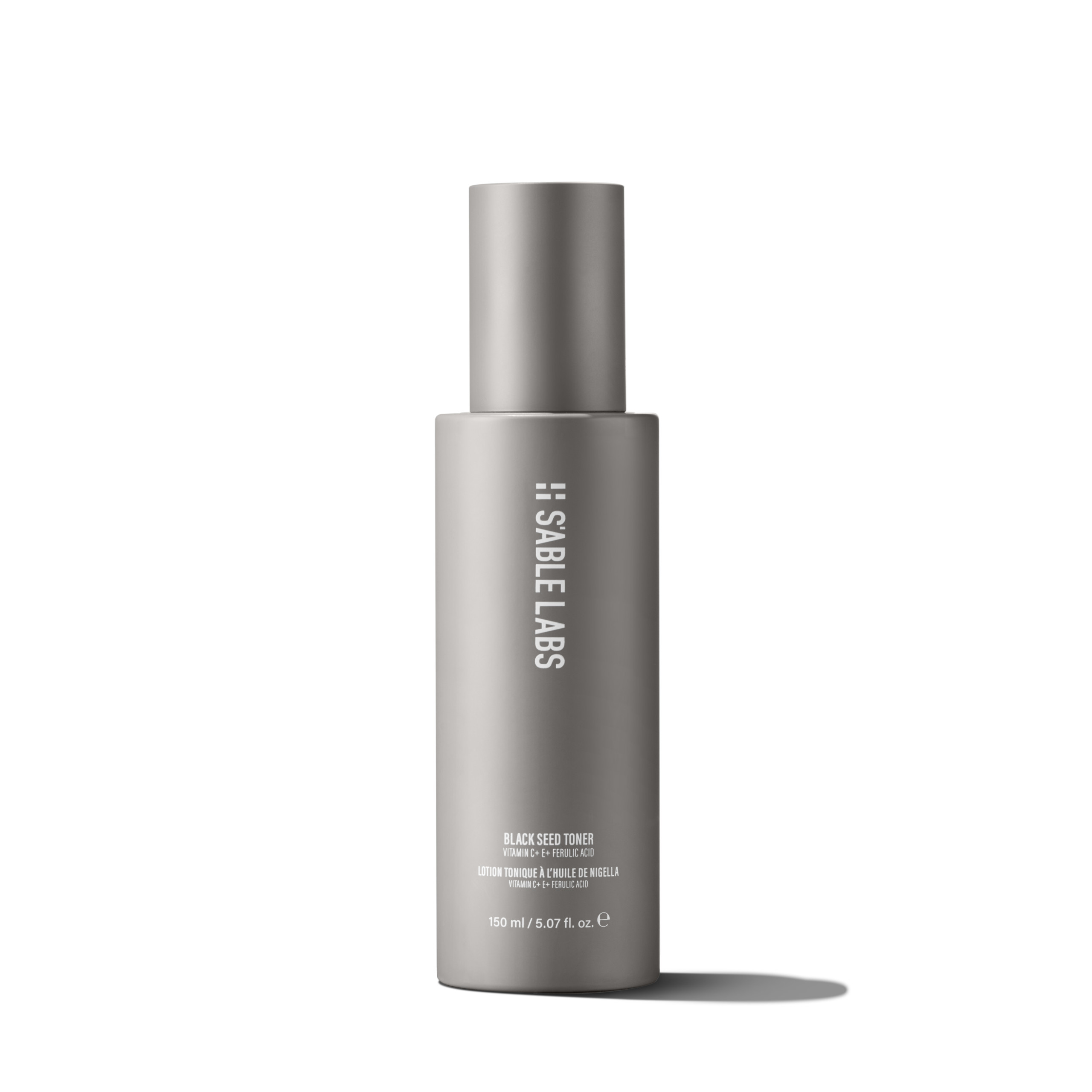
Let’s talk about it…
Hyperpigmentation tends to spark one of two responses: the first is ‘what is this?’ The second is ‘how do I get rid of this?’.
If you ever ask yourself, “What is this?” we are here to help you demystify this skincare jargon. According to the Cleveland Clinic, Hyperpigmentation is a condition that “makes some areas of the skin darker than others. Extra melanin creates spots or patches that look brown, black, grey, red or pink.” While technically harmless, it can alter your appearance a great deal. It’s also a condition that happens more frequently on POC as darker skin tones produce more melanin.
What causes hyperpigmentation?
Hyperpigmentation has many causes: one being sun exposure, which is technically known as solar lentigines. Another is melasma, which is usually caused by hormonal changes and can commonly occur during pregnancy, leading to outbreaks often found on the stomach and face. Perhaps the most common cause of hyperpigmentation is inflammatory flare-ups from skin conditions like acne and eczema, with blemishes resulting in scars that are sometimes hard to get rid of.
As this writer has learned, during a more extreme bout of the condition, Hyperpigmentation can linger for quite some time. On top of this, dermatologists can often advise just waiting it out. Which, understandably, can be very frustrating.

How do you prevent hyperpigmentation?
As hyperpigmentation can act like the last guest refusing to leave a house party at the best of times, prevention is the best cure. A big contributor to the condition’s extended stay is excessive exposure to sunlight.
This means that one of the most effective preventative measures and something we should all be using as part of our daily routine is sunscreen. In particular, sun protection with a strong SPF of at least 30 – 50 is recommended for darker skin tones.
If you’re a fan of wearable prevention, you’ll be glad to know that a good hat or piece of protective clothing can also help by stopping your skin’s direct interaction with the sun.
What ingredients reduce the development of hyperpigmentation?
There are several ingredients found in serums and toners that can help fight hyperpigmentation. Vitamin C is an antioxidant, which Healthline notes “holds off environmental and sun damage to cells.” Applying this powerful ingredient to the skin helps with wound healing, brightens the complexion, evening out skin tone and, most importantly, helps prevent Hyperpigmentation.
But the one key ingredient that would help you in your fight against hyperpigmentation is a lesser-known addition, ferulic acid. Consultant dermatologist Dr Anjali Mahto noted that
“Ferulic acid is an excellent antioxidant,” It can “reduce fine lines and pigmentation issues and fight inflammation. Plus, anyone interested in an anti-ageing skin regimen can use it in their skincare routine.”
What makes ferulic acid so beneficial is the fact that it works exceptionally well in tandem with other ingredients, bolstering their effectiveness and working to prevent sun damage and collagen breakdown. It’s the secret weapon in the fight against Hyperpigmentation.
A product that can help is S’ABLE Labs Black Seed Toner, which contains ferulic acid alongside vitamins C & E.

